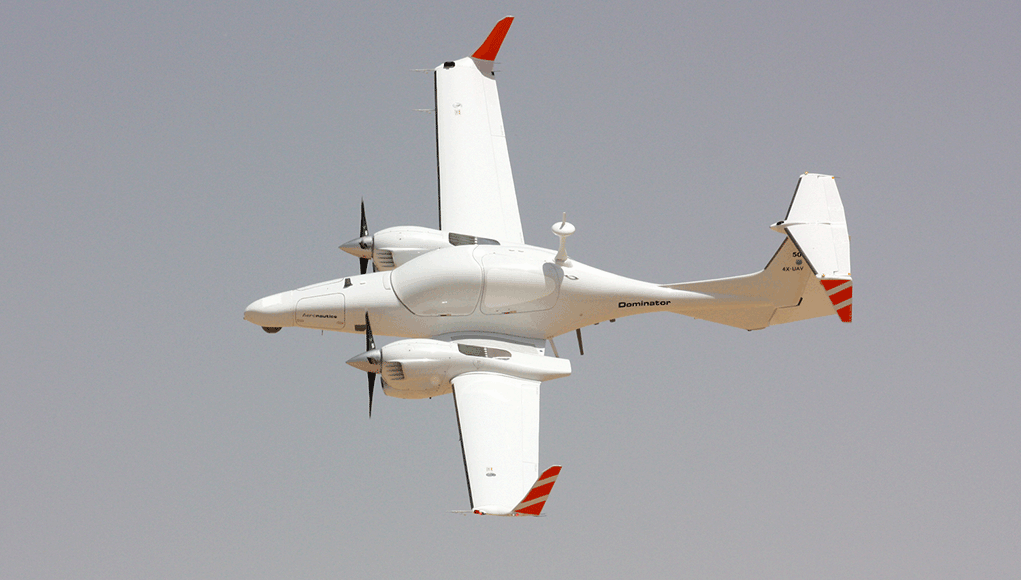Israel’s Unmanned Aerial Systems (UAS) producer Aeronautics announced today the award of a contract worth $27 million from an Asian government to supply Dominator XP Medium Altitude, Long Endurance (MALE) UAS. The Dominator XP is based on the Austrian Diamond DA-42 twin star aircraft converted by Aeronautics into an unmanned platform. The aircraft has a gross takeoff weight of 1,910 kg, including 373 kg in payload weight. Its mission endurance is 20 hours.
A few years ago only a handful of nations in Asia had access to MALE UAS, considered to be strategic systems offered only by the USA and Israel, namely the American Predator and Reaper, and Israeli Heron I, Hermes 450/900 and Dominator XP. The countries that were operating those drones in the region included Australia, Singapore, South Korea and India.
The introduction of Chinese drones has changed the picture. In recent years two Chinese MALE platforms have entered the market – Wing Loong 2 and CH4, these robust, and simple to operate drones enabled many more countries to obtain MALE UAV capabilities. Current MALE drone operators in the region include Pakistan, Myanmar, Turkmenistan, Azerbaijan, Kazakhstan, Uzbekistan, and Indonesia, along with South Korea, India, Singapore. Meanwhile, Australia phased out its Heron I and awaits to receive the MQ-4C maritime surveillance HALE drones ordered from the USA.
Turkey has also entered the field with two new platforms, the Anka MALE drone, and Bayraktar Tactical UAS, both are weaponizable, unmanned platforms.























